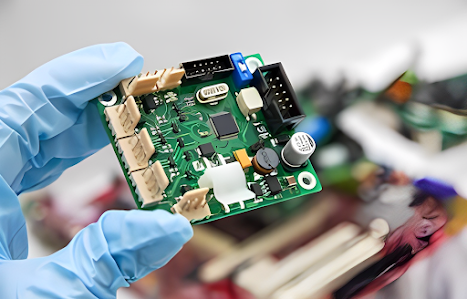4 Latest Trends and Technologies in PCB Design Services
In electronics manufacturing, time is of the essence. When it comes to PCB assembly, quick turn services can make all the difference in meeting tight deadlines and staying ahead of the competition. But with so many service providers out there, how do you choose the right one? Here are three key factors to consider when selecting a quick turn PCB assembly service provider. Turnaround Time This is the time it takes for the service provider to receive your order, manufacture the PCBs, and deliver them to your doorstep. Look for a provider that offers rapid turnaround times without compromising on quality. A quick turnaround time ensures that you can meet your project deadlines and keep your customers satisfied. It also allows you to make any necessary revisions or improvements without causing significant delays. Quality and Reliability While speed is crucial, it should never come at the expense of quality and reliability. When choosing a quick turn PCB assembly company, look for one tha
